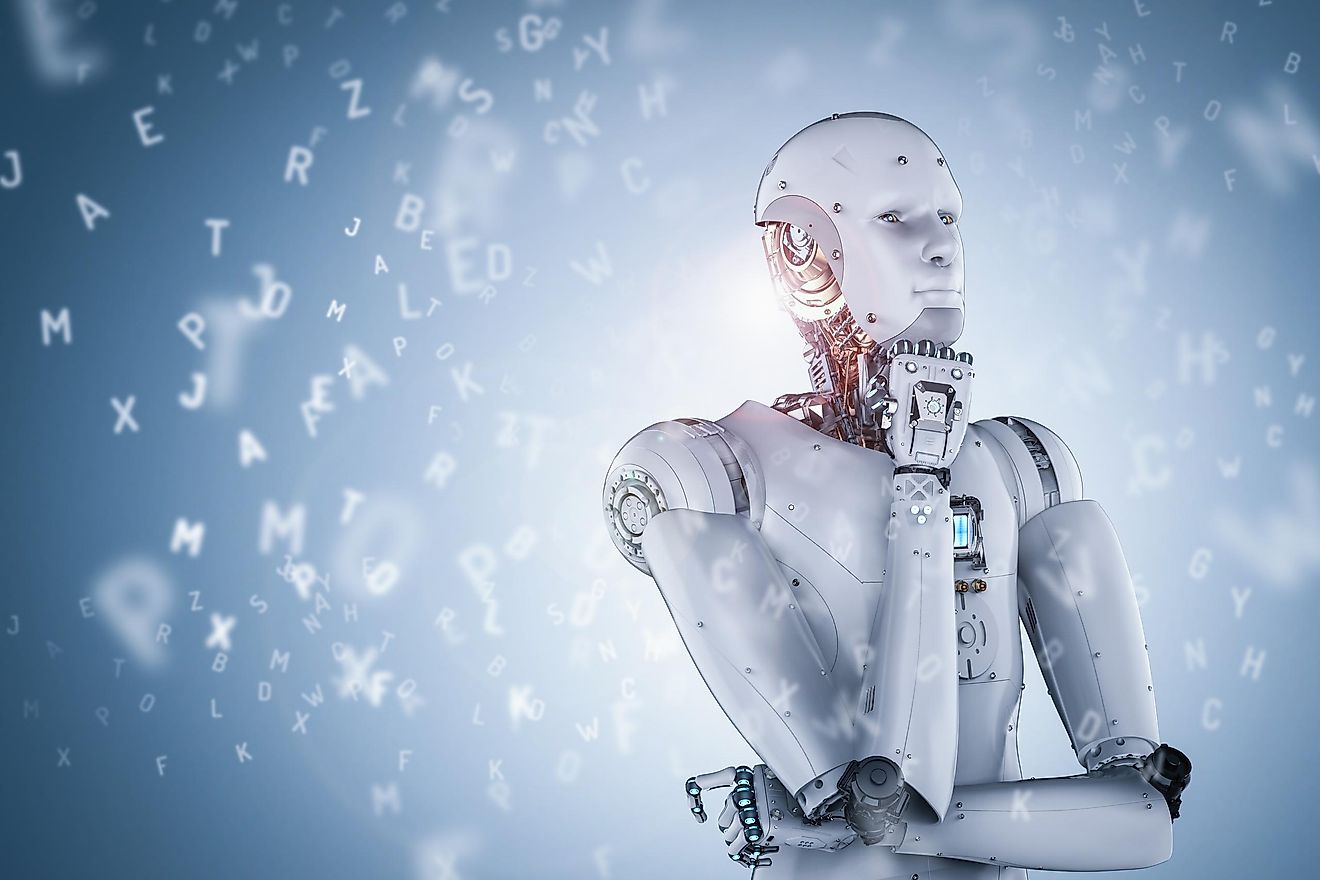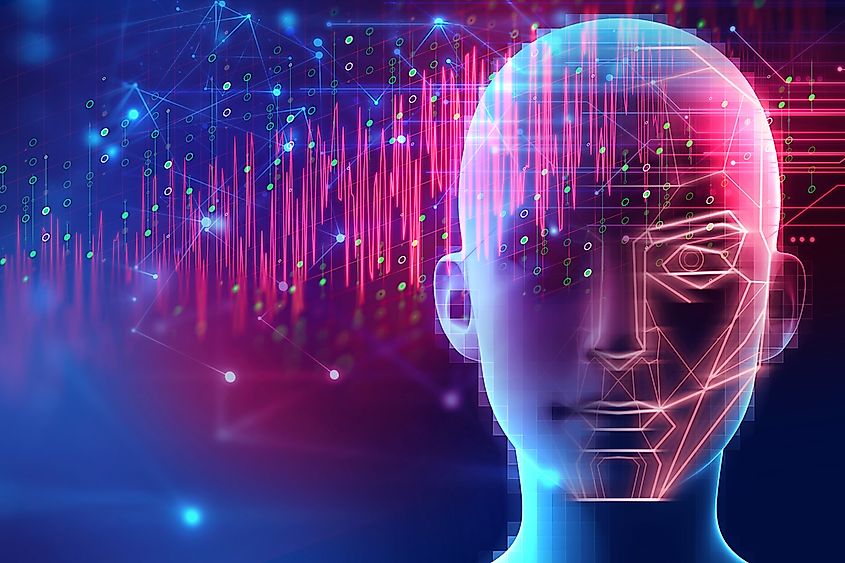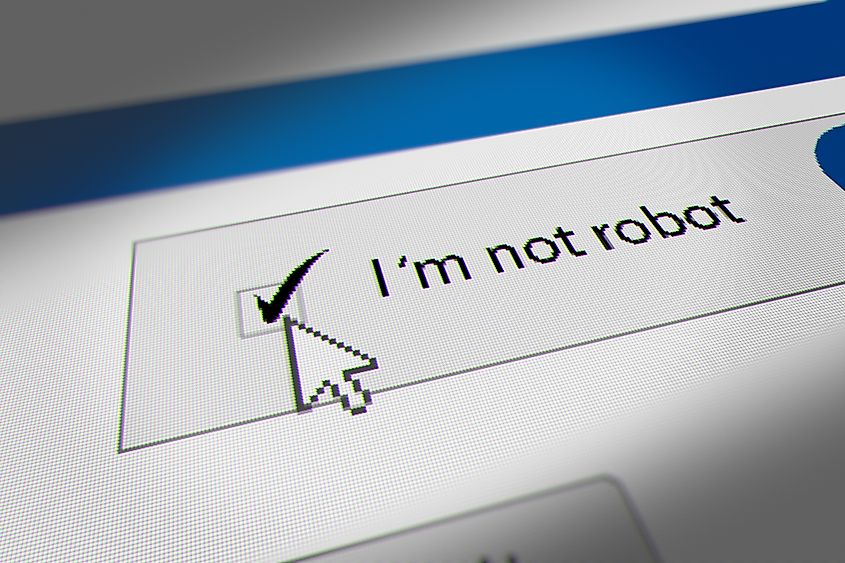What Is The Turing Test?

- The aim of the Turing test is to figure out whether a machine can possess human intelligence by holding a textual conversation without being recignized as a machine.
- The test was made public in 1950 in a paper called “Computing Machinery and Intelligence,” written by Alan Turing
- The first program ever to pass the Turing Test was called ELIZA, created by Joseph Weizenbaum, a german computer scientist.
The Turing test is a method used to determine if a machine can have human intelligence. According to the test, if a machine can have a conversation with a human being without anyone noticing it is a machine, it has shown that it possesses human intelligence. The test was established by Alan Turing, a mathematician and computer scientist. He published a paper in 1950 where he proposed what would later be known as the Turing Test.
The test is performed by one person trying to decide whether they are speaking to a human or a machine. The conversation is performed through text, so the machine doesn’t need to render its words as speech. This test is very influential and presents a basis for the advancement of artificial intelligence.
Origins Of The Turing Test
Alan Turing introduced the test in his paper “Computing Machinery and Intelligence,” published in 1950. Turing opens up the paper by asking if machines can think. He goes on by clarifying that thinking is hard to define and suggests other ways to approach the problem. He gives the problem a form of a game, played by three people, which he calls the “imitation game.” In that game, one person serves as an interrogator who is talking to two people in different rooms. The other people are of the opposite sex, and the interrogator’s task is to determine which one is male and which one is female. Turing proceeds to claim that a digital computer could do well in the “imitation game.”

The latter parts of this paper deal with him, explaining why he believes that machines can think. This theme has been the object of debate in philosophy for a long time, but Turing believed that there shouldn’t be a reason anyone would conclude that machines can’t think. Throughout the upcoming decades, the Turing test was heavily criticized but also became hugely influential in multiple fields. The most important of those fields is the philosophy of artificial intelligence.
Further Development Of The Turing Test
Joseph Weizenbaum, a german computer scientist, created a program in 1966 which was able to pass the Turing test. This program was known as ELIZA, and it was designed to examine written comments for keywords, thereby creating reply patterns. It was able to fool a large number of people into thinking they were having a conversation with a real person. In 1972 another program was designed, very similar to ELIZA, but more advanced. Its creator was Kenneth Colby, an American psychiatrist, and its name was PARRY. The program was tested among psychiatrists, and a significant number of them were fooled by it.

In 1980, American philosopher John Searle wrote a paper in which he stated that the Turing test does not prove that machines can actually think. He called his thesis the “Chinese room” and claimed that previously designed programs passed the Turing test because they were taught to manipulate symbols. However, they did not possess an understanding of those symbols, so Searle believed they were not thinking in the same way that humans think. His claims have been both praised and criticized.
Although there has been plenty of debate on whether the Turing test can be trusted, or will a machine ever completely and successfully pass it, its influence on computer science and multiple other fields cannot be denied.











